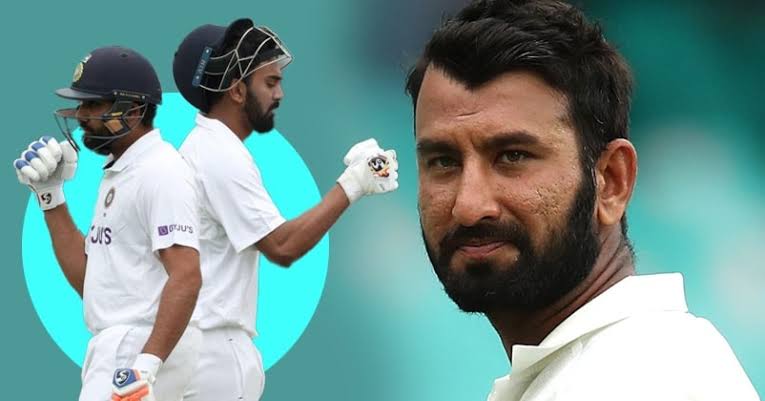India’s batting frailties were once again exposed in the second Test of the Border-Gavaskar Trophy at the Adelaide Oval, as they crumbled to 180 in their first innings. Despite a strong start to the series in Perth, where India registered a commanding win, their batting lineup faltered against Australia’s disciplined bowling attack in Adelaide.

Top-Order Collapse
The innings began poorly with opener Yashasvi Jaiswal dismissed for a golden duck. Captain Rohit Sharma, who opted to bat in the middle order, could only manage 3 runs, while Virat Kohli fell for 7, adding to the top-order woes. KL Rahul, promoted to open in Rohit’s place, emerged as a bright spot, scoring a gritty 37 off 64 balls, including six boundaries.
In contrast, India’s first innings in Perth saw a similar collapse, where they were bundled out for 150. However, they redeemed themselves in the second innings, with centuries from Kohli and Jaiswal and a resilient 77 from Rahul. This time, the batting unit failed to show the same resilience in Adelaide.
Pujara Critiques India’s Approach
Veteran batter Cheteshwar Pujara, speaking to ESPNcricinfo, provided a detailed analysis of India’s struggles. Highlighting their inability to counter Australia’s back-of-length deliveries, Pujara said,
“Their intent was really good initially. They were positive and forced the Aussie bowlers to adjust their lengths. But once the bowlers shifted to back-of-length deliveries, we didn’t handle it well. KL got out to a rising delivery, Virat fell to a back-of-length ball where he was indecisive, and Gill was dismissed by a fuller ball. We needed to tackle these deliveries better, especially with the pink ball in play.”
Pujara also pointed out the underperformance of the middle order, emphasizing the need for a more measured approach against the moving pink ball.
Rohit’s Decision Under Scrutiny
Rohit Sharma’s decision to demote himself to the middle order raised eyebrows. While it allowed Rahul to open and play a steady knock, Rohit’s own contribution was minimal. Pujara subtly questioned the move, suggesting that the team could have benefitted from a more stable middle-order performance.
Australia’s Commanding Response
As the Aussies took to the field, they capitalized on India’s low total with disciplined batting. By the end of Day 2, Australia had taken the lead, putting India under pressure in a match that could prove pivotal in the series.
India will need a much-improved batting performance in the second innings to stay competitive in this Test, with the middle order and senior players needing to lead from the front.


